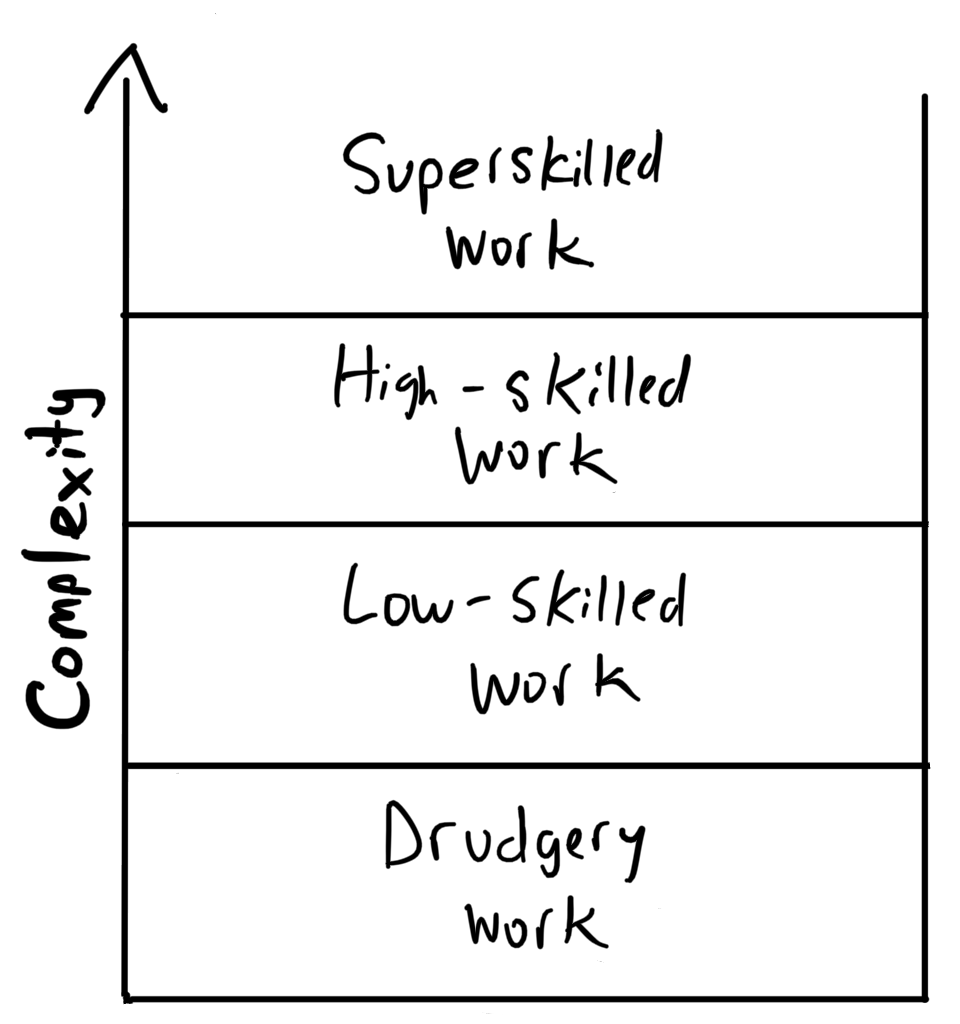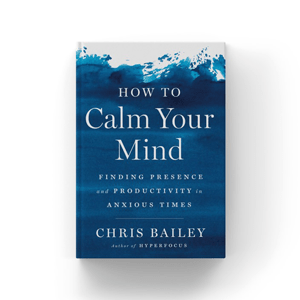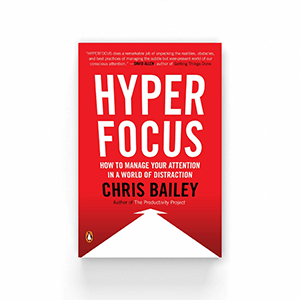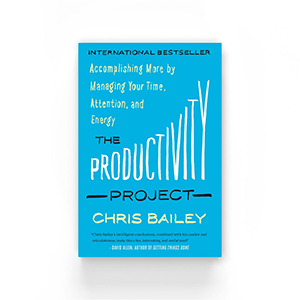Estimated Reading Time: 3 minutes, 55s.

Lately, like many people, I’ve been thinking about the technological changes happening, especially around AI. One way I’ve been thinking about my work in this context is by considering how complex the tasks in my work are. I’ve come to think there are four “levels” of knowledge work. The level of cognitive complexity a task requires to do determines which level a task falls into. Here are the four levels:
Drudgery Work
Drudgery work is work that takes almost no skill to do—it is not cognitively complex. You could probably hire a high school student to do these tasks in your job. Examples include manually entering sales data into a spreadsheet, scanning documents in an app, and organizing paperwork. Much of this drudgery has already been eliminated from our lives: other people assemble the products we consume, accounting software automatically tabulates our revenue and expenses, and we can hire someone to mow our lawn.
Low-Skilled Work
Low-skilled work takes some skill and training, but is still pretty easy. Think of this as work that can be delegated to an intern, like booking meetings that involve several people and conducting basic research.
High-Skilled Work
High-skilled work is what we get paid the big bucks (hopefully) to do. This category of work includes highly specialized tasks that we go to school for years to learn, as well as tasks that we get better at because of our years of experience—and our thousands of hours of deliberate practice. If you’re a professor, this is your teaching and research; if you’re a graphic designer, this is coming up with the perfect design for a new product.
Superskilled Work
The top level, Superskilled Work, is more complex than our human minds can do. Human intelligence has a limit—one that computers will likely, at some point, exceed.

For example, our mind has a limited amount of short-term memory, storage space, and processing power—while these same features/characteristics of computers continue to advance. There are some tasks a computer can do that we cannot understand ourselves. These tasks typically involve artificial intelligence (AI). For example, when a computer uses advanced learning models to master games like Go or chess or finds a solution to a wicked problem—an interconnected problem that seems impossible to solve—we may know that it works, but not how it works.
Right now, my adorable cat Elinor is purring on my desk, lying beside my laptop. Relative to her, my mind has many more “features”—self-awareness, abstract thinking, and the ability to process and synthesize language so I can communicate with far more depth than she can. My self-awareness, abstract thinking, and language are superskills to her—if she can process these things at all.
Similarly, we can envision an artificial intelligence with capabilities that are one step above those of our own mind. Computers can already perform many raw calculations more quickly than we can—they’ve been able to do this for a while. They also have more memory, can perceive more (some can even “perceive” the entire internet), and can learn quicker than we can. These skills of calculation, memory, perception, and learning are already features of our human mind—only computers can do them far better. It will be interesting to discover what capabilities AI models have that are unimaginable to us—because the very limits of our human mind prevent us from imagining them—and, eventually, maybe also perceiving them.
When it comes to our productivity and our life, it’s exciting to think about how we’ll be able to work alongside AI to benefit from these superskills.
Summing Up
Complexity is not the only variable that determines whether a task can be automated. It’s also not the only variable of knowledge work that matters. For example, some drudgery work involves interfacing with other people—something computers aren’t great at compared to humans. For example, the tasks teachers do fall all over the map—some are incredibly complex, and there’s a lot of drudgery too. We’ll probably (hopefully) have teachers for quite some time.
Generally speaking, though, the more of your daily tasks that are higher up on the knowledge work stack, the safer you are.
If most of your cognitive work is at the bottom of the knowledge work stack, you should find ways to level up—perhaps even automating the repetitive, tedious, rule-based tasks in your work yourself.
If most of the tasks that comprise your workload exist in higher parts of this illustration, you’ll likely find new and exciting ways of taking advantage of the new and fascinating technologies that come along.
New technology is endlessly fascinating, terrifying, and helpful—all at the same time. The better you position yourself to take advantage of it, the better you can surf the coming waves of change.




